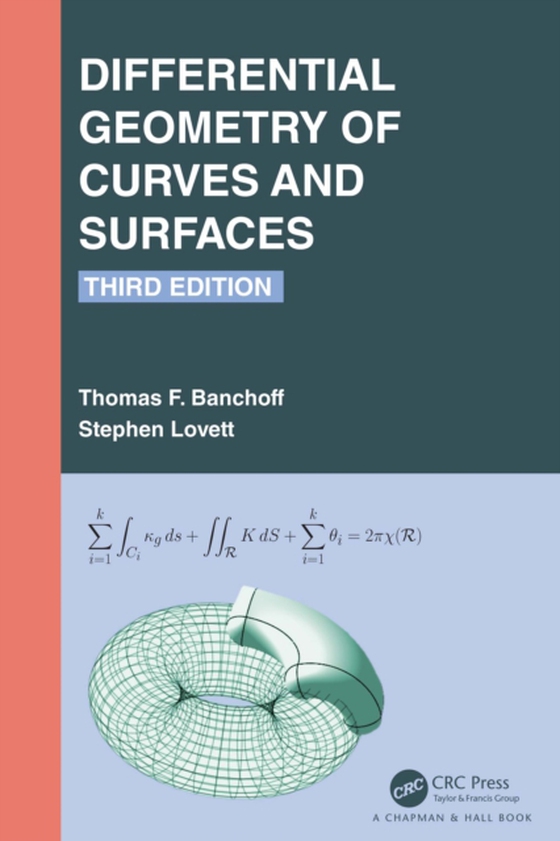
Differential Geometry of Curves and Surfaces e-bog
509,93 DKK
(inkl. moms 637,41 DKK)
Through two previous editions, the third edition of this popular and intriguing text takes both an analytical/theoretical approach and a visual/intuitive approach to the local and global properties of curves and surfaces. Requiring only multivariable calculus and linear algebra, it develops students' geometric intuition through interactive graphics applets. Applets are presented in Maple workbo...
E-bog
509,93 DKK
Forlag
Chapman and Hall/CRC
Udgivet
5 august 2022
Længde
368 sider
Genrer
PBMP
Sprog
English
Format
pdf
Beskyttelse
LCP
ISBN
9781000597721
Through two previous editions, the third edition of this popular and intriguing text takes both an analytical/theoretical approach and a visual/intuitive approach to the local and global properties of curves and surfaces. Requiring only multivariable calculus and linear algebra, it develops students' geometric intuition through interactive graphics applets. Applets are presented in Maple workbook format, which readers can access using the free Maple Player.The book explains the reasons for various definitions while the interactive applets offer motivation for definitions, allowing students to explore examples further, and give a visual explanation of complicated theorems. The ability to change parametric curves and parametrized surfaces in an applet lets students probe the concepts far beyond what static text permits. Investigative project ideas promote student research. At users of the previous editions' request, this third edition offers a broader list of exercises. More elementary exercises are added and some challenging problems are moved later in exercise sets to assure more graduated progress. The authors also add hints to motivate students grappling with the more difficult exercises. This student-friendly and readable approach offers additional examples, well-placed to assist student comprehension. In the presentation of the Gauss-Bonnet Theorem, the authors provide more intuition and stepping-stones to help students grasp phenomena behind it. Also, the concept of a homeomorphism is new to students even though it is a key theoretical component of the definition of a regular surface. Providing more examples show students how to prove certain functions are homeomorphisms.
 Dansk
Dansk

